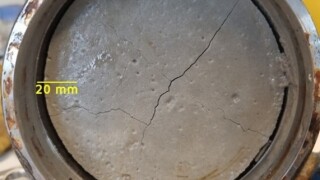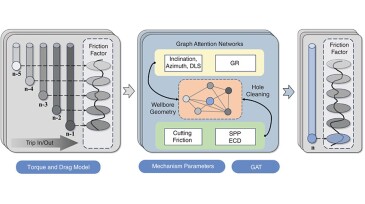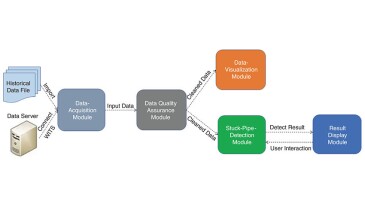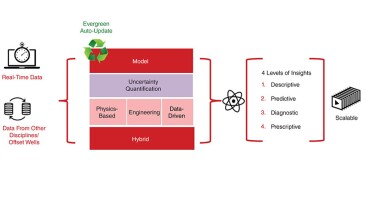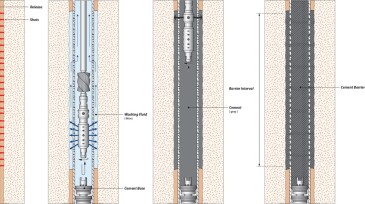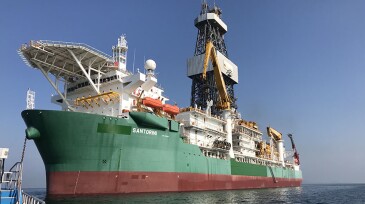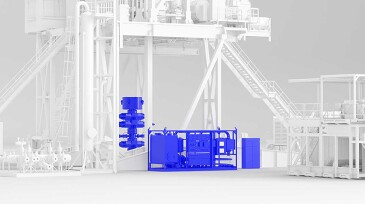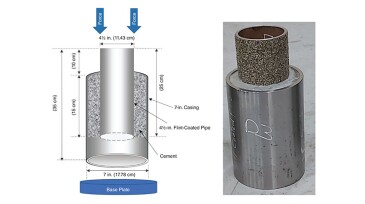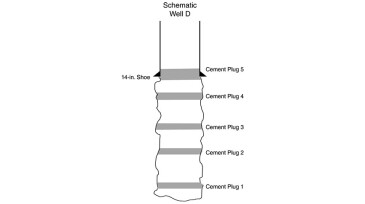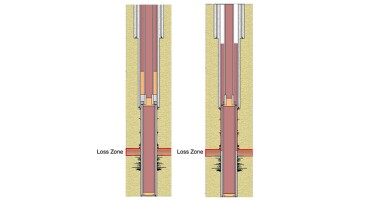Well integrity/control
This paper describes an automated workflow that helps mitigate sanding caused by excessive drawdown by determining the minimum tubinghead pressure.
Intelligent completions could improve many of the world’s oil and gas wells, but not all are suited to the technology. There is another option.
This paper presents the characterization and comparison of a metakaolin-based geopolymer as a candidate treatment for remedial operations in oil and gas wells versus conventional state-of-the-art materials.
-
This paper describes the development of a method of predicting drillstring-friction coefficient during tripping operations that can be used for early warning of stuck pipe.
-
This paper proposes a time-series analysis approach to build a reliable, easy-to-use tool to automatically detect stuck pipe accurately and early.
-
This paper presents a novel methodology that merges principles of physics, data science, and uncertainty modeling to offer more-resilient and -precise solutions for managing real-time pipe-sticking occurrences
-
This paper presents a comprehensive literature review of perforate, wash, and cement techniques that compares new methods with traditional ones and uses field cases and computational fluid dynamics to find the most cost- and time-effective practices without sacrificing safety.
-
New strides in computer vision, well controls indicators, and BOP alignment were showcased at the recent Offshore Technology Conference.
-
The Texas Railroad Commission has tightened its guidelines on the permitting of disposal wells in the Permian Basin.
-
SLB is introducing a new electric well-control system to replace larger conventional, fluid‑controlled hydraulic equipment.
-
This paper addresses the deployment of an external protective coating with a rough surface profile in wells identified as susceptible to common cementing issues.
-
This paper provides examples for planning and execution of primary and remedial managed pressure cementing in deepwater drilling operations.
-
This paper presents a lost-circulation model used during design and job-evaluation phases to accurately predict top of cement and equivalent circulating densities.
Page 1 of 15

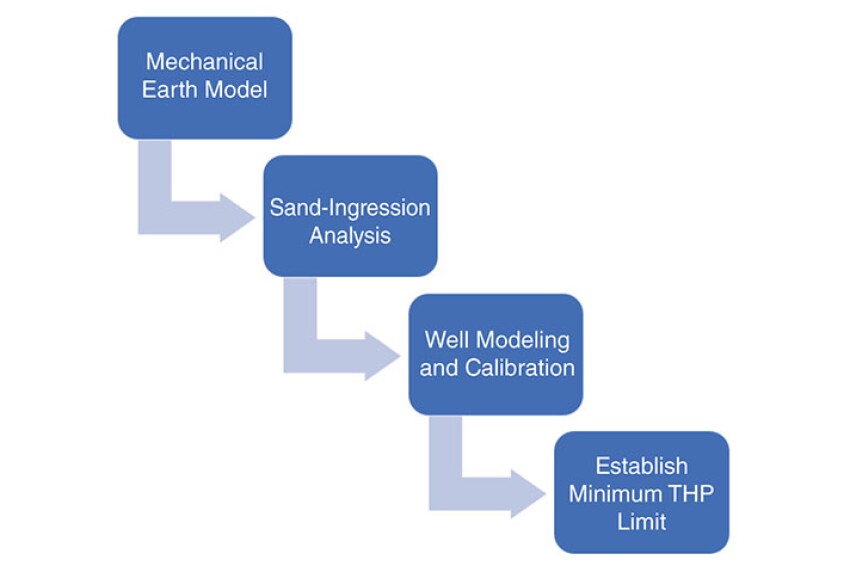
![JPT_2025-09_GuestEd1_SS_382853197[4].jpg](https://assets.spe.org/dims4/default/b4eb909/2147483647/strip/true/crop/850x478+0+44/resize/320x180!/quality/90/?url=http%3A%2F%2Fspe-brightspot.s3.us-east-2.amazonaws.com%2F8a%2F95%2Fe4e82cb54fd597d497a5b1267f8a%2Fjpt-2025-09-guested1-ss-3828531974.jpg)
